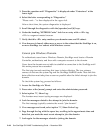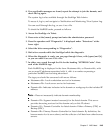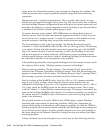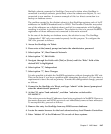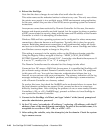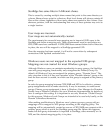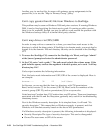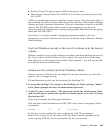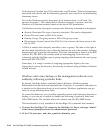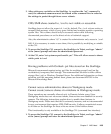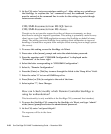
2-52 Sun StorEdge 5310 NAS Troubleshooting Guide • December 2004
Another way to resolve this, for users with primary group assignments in the
passwd file, is to use the “Map to Primary Group” policy.
Can’t copy greater than 4G file from Windows to StorEdge.
This problem may be seen on Windows 2000 and prior versions. If running Windows
2000, it can be fixed applying the latest service pack. If running an older version,
there is no fix available, though you may be able to work around the problem with
the Windows backup utility or a similar third party solution.
Can’t map drives via CIFS/SMB.
In order to map a drive or connect to a share, you must have read access to the
directory to which the share points. If StorEdge is in domain mode, you must also be
logged in to the domain. File and directory security can be checked at the StorEdge
CLI.
1. To access the StorEdge CLI, connect to the StorEdge via Telnet, and type “admin”
at the [menu] prompt and enter the administrator password.
2. At the CLI, enter “cacls <path>”. The path must include the volume name. If the
path includes spaces, enclose the argument in double quotes, as in cacls “/vol1/my
directory/my file”.
Cacls output contains the following information:
First, the basic mode information and UID/GID of the owner is displayed. Here is
an example:
drwxrw---- 34 22 /vol1/data
In this case, we can see that the item is a directory, with 750 permissions:
Read/write/execute (7) for the owner (UID 34), Read/write for members of the
owner’s group (GID 22), and no permissions (0) for everyone else.
Listed next are Creation time, FS Creation time, and FS mtime. These are timestamps
associated with the file and the filesystem, generally only useful for troubleshooting
timestamp issues.
Next is the Windows security descriptor. In its simplest form, it will read “No
security descriptor”. This means that no Windows security is present, and that
Windows will simulate security based on the above NFS permissions.
If a Windows security descriptor is present, the following information is displayed:
■ Security Descriptor:The type of security descriptor. This can be disregarded.
■ Owner:The user name or SID of the owner.



